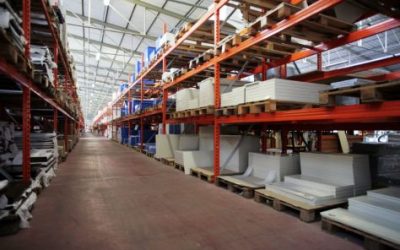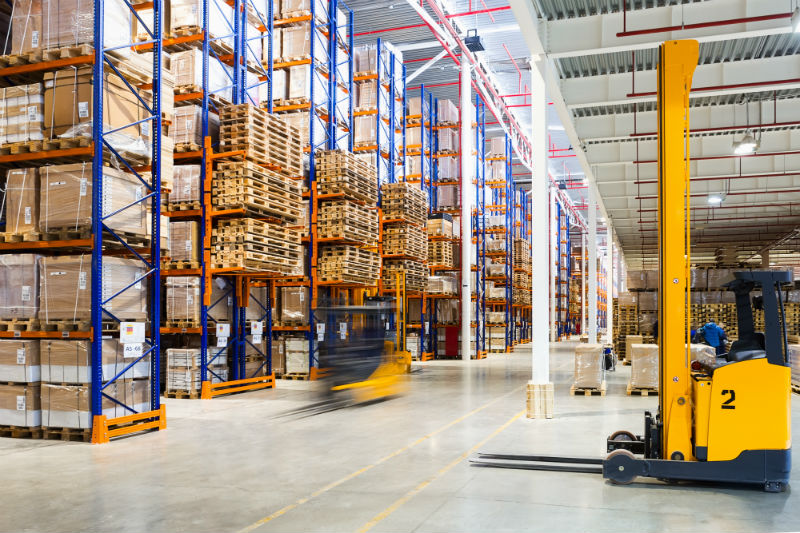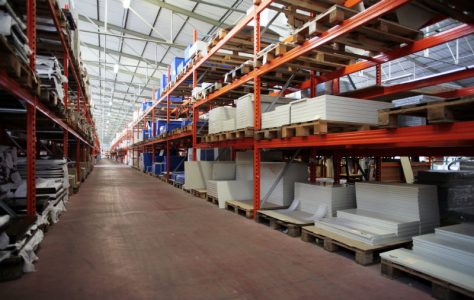Pallet racking systems are effective storage solutions in most warehouses. These racks have been aiding facilities to become well organized and improve their efficiency at manageable costs. In addition, pallet racking enables them to store vertically to make better use of their cubic footprint.
Pallet racks come in different sizes and styles. They complement different storage needs and requirements. It can be tricky to determine the right size and type of rack to maximize storage in your warehouse operations. To begin to determine the specifics of your rack system, first choose what types of pallets you will be using to store product loads.
- Frame depth
Pallet often dictates frame depth. The most widely used pallet is a wooden GMA pallet. These are 48” deep by 40” wide. Standard 42” deep rack frames will generally store these. If you have a pallet of a different depth, however, you will need a different frame. Frames not deep enough will result in excess pallet overhang. Frames too deep could cause the pallet to fall. - Beam length
The racking you select should be able to accommodate pallet sizes. The beam length of your Industrial Pallet Racks should be based the width of your pallet load plus industry standard 5” from the frames to loads and 6” from load to load. These plus the width of your pallet load dictate the length of the beam you should use. - Special Requirements
Sometimes certain pallet types cause special requirements with the rack. For example, using plastic pallets may change the building code and require a more restrictive fire protection design. They might also necessitate the use of pallet supports.
It’s important to ensure you review your pallets when designing Industrial Pallet Racks. If you need help or are not sure where to begin, Contact Frazier Industrial Company to get started.


